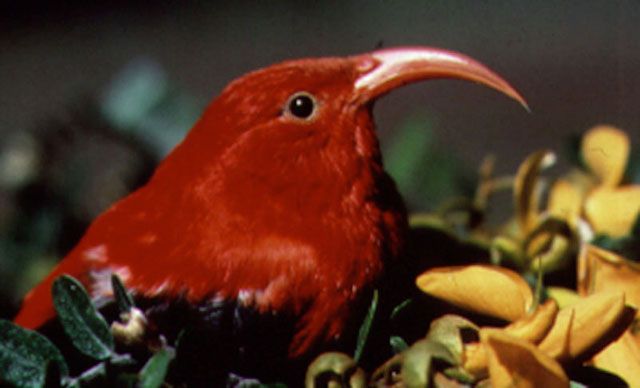 In Part 1 of this article I relayed the sad news that the Alaotra Grebe (Tachybaptus rufolavatus), a small, fish-eating waterbird once endemic to Madagascar, has joined the ranks of the 130+ birds that have been declared extinct since the year 1500. Some of the factors that caused its demise, explained in that article, also endanger the other 190 species of birds considered to be threatened with imminent extinction. Today I’d like to review the status of rare and endangered birds in the USA.
In Part 1 of this article I relayed the sad news that the Alaotra Grebe (Tachybaptus rufolavatus), a small, fish-eating waterbird once endemic to Madagascar, has joined the ranks of the 130+ birds that have been declared extinct since the year 1500. Some of the factors that caused its demise, explained in that article, also endanger the other 190 species of birds considered to be threatened with imminent extinction. Today I’d like to review the status of rare and endangered birds in the USA.
The Status of Rare Birds in the USA
With habitat zones ranging from Arctic to Tropical, the USA provides a home to 957 different species of birds. The IUCN lists 97 of these, including most of Hawaii’s 30 endemic birds, as Threatened, Endangered or Critically Endangered. One Hawaiian bird, the Po’ouli Honeycreeper, has not been seen in decades and is believed already extinct.
The US Federal Government, which utilizes a different review system than that of the IUCN, has classified 64 bird species as either Endangered or Threatened, and considers an additional 147 species to be of Special Concern.
Despite being such a highly-industrialized nation, the USA actually protects, as wildlife habitat, 10-20% of its total area – as much or more than any other country. The US Fish and Wildlife Service maintains 540 wildlife sanctuaries within the National Wildlife Refuge System.

Critical Bird Habitats
The National Audubon Society has recently updated its list of US bird habitats that are of national or global significance. Known as Important Bird Areas, they are considered to be critical to the survival of the species that reside, nest or visit them. A list of all 217 Important Bird Areas in the USA may be accessed here http://www.birdlife.info/docs/AmCntryPDFs/USA.pdf.
Further Reading
Birdlife International’s list of all known extinct bird species.
Video of the endangered Sandhill Crane’s mating dance.
 That Bird Blog – Bird Care and History for Pet Birds
That Bird Blog – Bird Care and History for Pet Birds



